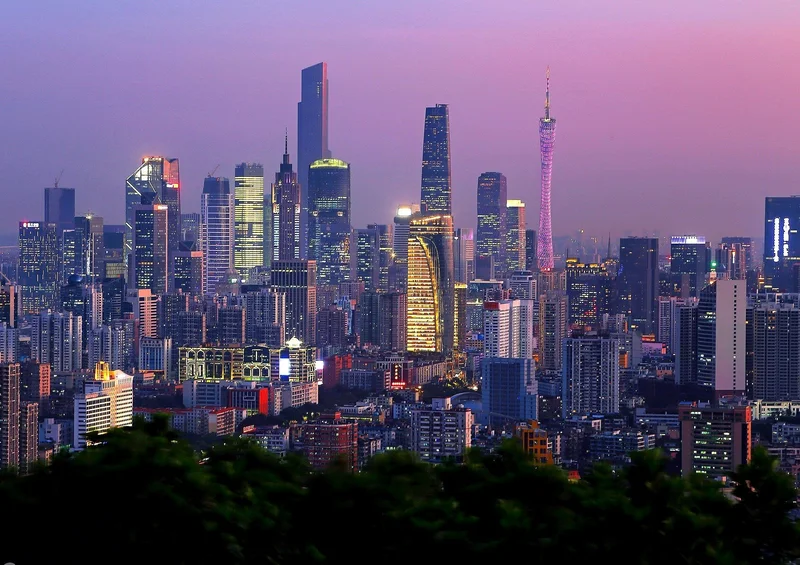Article Directory
Arridge Flying Car Factory: The Takt Time Revolution That Tesla Missed
From Hype to Hardware: A Guangzhou Case Study
For years, the flying car narrative has been dominated by the West, fueled by charismatic CEOs and promises of disruptive technology. Elon Musk, with his hints of VTOL capabilities for the Roadster, became the poster child for this vision. But while the Western tech world was fixated on concept cars and government subsidies, a different story was unfolding in Guangzhou, China.
Xpeng's subsidiary, Aridge (formerly Aeroht), has quietly built what they claim is the world's first mass-production line for flying cars. And that’s a claim that demands some scrutiny.
The shift from Aeroht to Aridge signals a strategic evolution, establishing the division as an independent entity. Eleven years – from concept in 2013 to production line in 2024 – is an impressive timeline, particularly when compared to the vaporware timelines often associated with Western "disruptors."
The real revelation, however, is the facility itself. A 120,000 square meter plant in Guangzhou's Huangpu District, not a research center, but a functioning, integrated ecosystem of five core workshops: composites, propulsion, assembly, painting, and final integration. That kind of scale is rare, and it speaks volumes about the commitment behind the project.
The Middle East Gambit: Demand Where It Counts
While Tesla grapples with expiring tax credits and fluctuating demand, Aridge is targeting markets where the appetite for premium transportation technology is demonstrably stronger. Their strategy focuses on the Middle East, a region characterized by capital-rich governments, fewer regulatory hurdles, and a willingness to embrace innovation.
The announcement of 600 aircraft secured in the Middle East represents a significant validation of Aridge's approach. Buyers like Ali & Sons Group (UAE), Almana Group (Qatar), AlSayer Group (Kuwait), and the Chinese General Chamber of Commerce UAE are the kind of early adopters that can drive the adoption of flying car technology.
Aridge reports approximately 7,000 pre-orders for the Land Carrier. That figure suggests real market validation, not just hype. Series production and first deliveries are slated for 2026, with Middle East operations launching in 2027. These aren't aspirational timelines – test aircraft are already conducting experimental flights to verify performance and manufacturing processes.

The Land Carrier itself is a brilliantly pragmatic solution to the last-mile problem. The modular design – a six-wheel, three-axle ground vehicle that houses the aerial unit – allows it to fit into a standard parking space and be driven with a conventional license. The flight system, designed for accessibility, supports both manual control and full autonomy.
Takt Time: The Unsung Hero of Innovation
This isn't about dazzling hypertech; it's about takt time – the rhythmic pulse of mass production. Aridge is targeting an annual capacity of 10,000 units, with a throughput of one aircraft rolling off the line every 30 minutes at full scale. To support this pace, the composites workshop alone has an annual target of 300 tons of carbon-fiber components. According to How an Assembler In Guangzhou, this production line is a significant achievement.
They are using refined, high-automation processes, from the integrated assembly line for electric drives and rotors to the use of cold-connection techniques like riveting and adhesive bonding for fuselage components. A cloud-based calibration system automatically tests autonomous driving, flight control, and center-of-gravity measurements for every aircraft.
The facility operates on refined, intelligent, green principles, utilizing photovoltaic power, energy-efficient equipment, and digital energy management systems to minimize carbon emissions. With initial capacity of 5,000 units scaling to 10,000, Aridge isn't just building flying cars – they're building a sustainable industrial ecosystem around them.
But here's where I get skeptical. Aridge claims an output of one aircraft every 30 minutes at full scale. That translates to 48 aircraft per day, and with a target of 10,000 units annually, they'd need to maintain that rate for over 200 days straight. That's a very aggressive target for a brand-new production line. What are the contingency plans for supply chain disruptions or unexpected maintenance downtimes? The article doesn't say.
China's Advantage: Building While Others Talk
The global tech hierarchy has shifted. While the Western tech press was breathlessly covering every Musk tweet about rocket thrusters, Aridge was quietly hiring aerospace engineers and building carbon-fiber production lines.
We were looking for a god to descend from the clouds. Instead, the future arrived on an assembly line, one unit every 30 minutes (at least, that's the target).
The silence of the Aridge rotors rolling off the line in Guangzhou is, perhaps, the loudest announcement in automotive history. Or, at least, it will be if they can maintain that takt time.
This Isn't Just Hot Air
The numbers, if accurate, suggest a fundamental shift in the flying car landscape. Arridge is not just talking about the future; they're building it. And that's a lesson the West can't afford to ignore.
